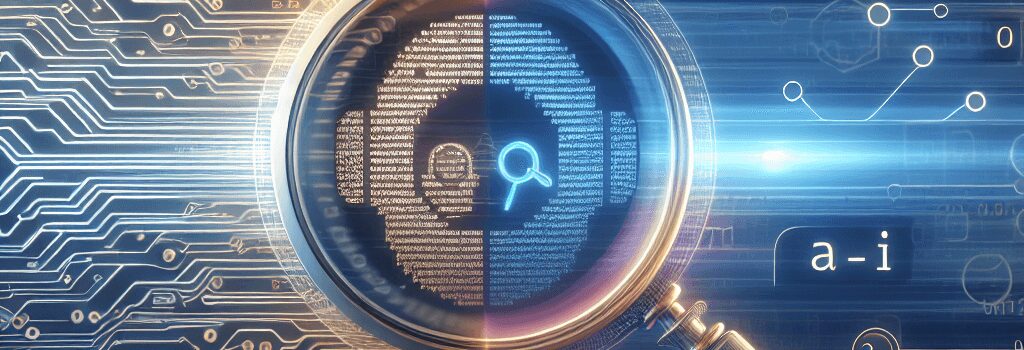AI Debugging: Current Limitations and Future Prospects in Software Engineering

Despite the rapid evolution of AI in software development—from “vibe” coding approaches to tools like GitHub Copilot—the dream of fully autonomous AI agents that can debug software without human intervention remains unrealized. Recent research from Microsoft highlights that while these models can assist in coding, they still fall significantly short when it comes to debugging tasks—a process that occupies a major portion of a developer’s day.
Understanding the Debugging Challenge
Debugging is not merely about identifying errors but involves a holistic analysis of code context, runtime behavior, and software documentation. The current generation of large language models (LLMs) has been primarily trained on static code data and snippets, which does not adequately cover the dynamic, sequential decision-making processes essential for effective debugging. This gap in training data is a critical factor underpinning the models’ struggle with complex debugging tasks.
Introducing Debug-Gym by Microsoft Research
Microsoft Research has developed an innovative tool called debug-gym, designed to integrate traditional debugging tools with AI models. Debug-gym expands an agent’s action and observation space by incorporating functionalities such as:
- Setting breakpoints
- Navigating through code repositories
- Printing variable values during runtime
- Creating and executing test functions
By providing these capabilities, debug-gym allows AI agents to inspect code in a manner akin to human debugging behaviors. Preliminary tests have shown that this tool enables agents to significantly outperform their predecessors. However, even with these expanded capabilities, the success rate only reaches around 48.4 percent—still well below what would be necessary for deployment in production environments.
Technical Breakdown: How Debug-Gym Enhances AI Debugging
Debug-gym is more than just a set of added tools; it represents a strategic integration of human-like debugging interactions into AI workflows. According to Microsoft researchers, the system is designed to:
- Expand the Feedback Loop: By incorporating tool usage, the agent can observe detailed feedback from its interactions, which is essential for iterative error resolution.
- Leverage Contextual Information: The debugging process in debug-gym goes beyond superficial error checking by grounding fixes in detailed code context, runtime behavior, and documentation.
- Promote Interactive Debugging: Rather than relying solely on pre-trained data, the system allows an interactive debugging session where decisions are made in real time, a process that mirrors expert human reasoning.
Expert Opinions and Industry Impact
Leading experts in software development and AI research agree that while AI tools are making commendable progress in automating parts of the coding process, debugging remains a predominantly human-centric function. Veteran developers have noted that:
- Understanding and replicating the nuanced reasoning of debugging traces is extremely challenging for current AI models.
- The integration of debugging tools, as demonstrated by debug-gym, is an essential step towards empowering AI agents to assist rather than replace human coders.
These expert opinions underscore that the ideal outcome of current research is not to achieve full automation but to assist developers by offloading routine debugging tasks, allowing them to focus on higher-level design and architectural decisions.
Future Directions: Towards Smarter Debugging Agents
The Microsoft Research team is not stopping at debug-gym. The next phase involves the development of an info-seeking model that is fine-tuned specifically for debugging. This model will work in tandem with larger AI models to:
- Gather contextual and runtime information necessary for identifying the root causes of bugs.
- Minimize inference costs by collaborating with a smaller, specialized info-seeking module.
- Generate repair suggestions that can be reviewed and approved by human developers, ensuring that any automated fixes are contextually accurate and secure.
Integrating such specialized models could potentially decrease the cognitive load on human developers, streamline the debugging process, and reduce overall development time. However, many challenges still loom, notably the need for more robust training data that encapsulates sequential decision-making behavior during debugging.
Contextualizing AI Debugging in the Broader Software Development Landscape
Historically, AI innovations in coding have been met with both enthusiasm and skepticism. Early successes in code generation provided promising outlooks, but they also highlighted significant issues: models tend to produce code that contains subtle bugs and vulnerabilities. This study from Microsoft is a stark reminder that while AI can be a valuable ally in development, it is not yet capable of fully autonomous operations, especially in high-stakes debugging scenarios.
Conclusion: A Complementary Future
In summary, the current state of AI debugging technology, as evidenced by the debug-gym project, suggests that while AI agents can offer substantial support in the debugging process, they are not yet ready to replace human oversight entirely. As debugging remains a complex logical and contextual challenge, the most promising future lies in augmented intelligence—where sophisticated AI tools assist human developers, thereby accelerating the software development lifecycle without compromising on quality.